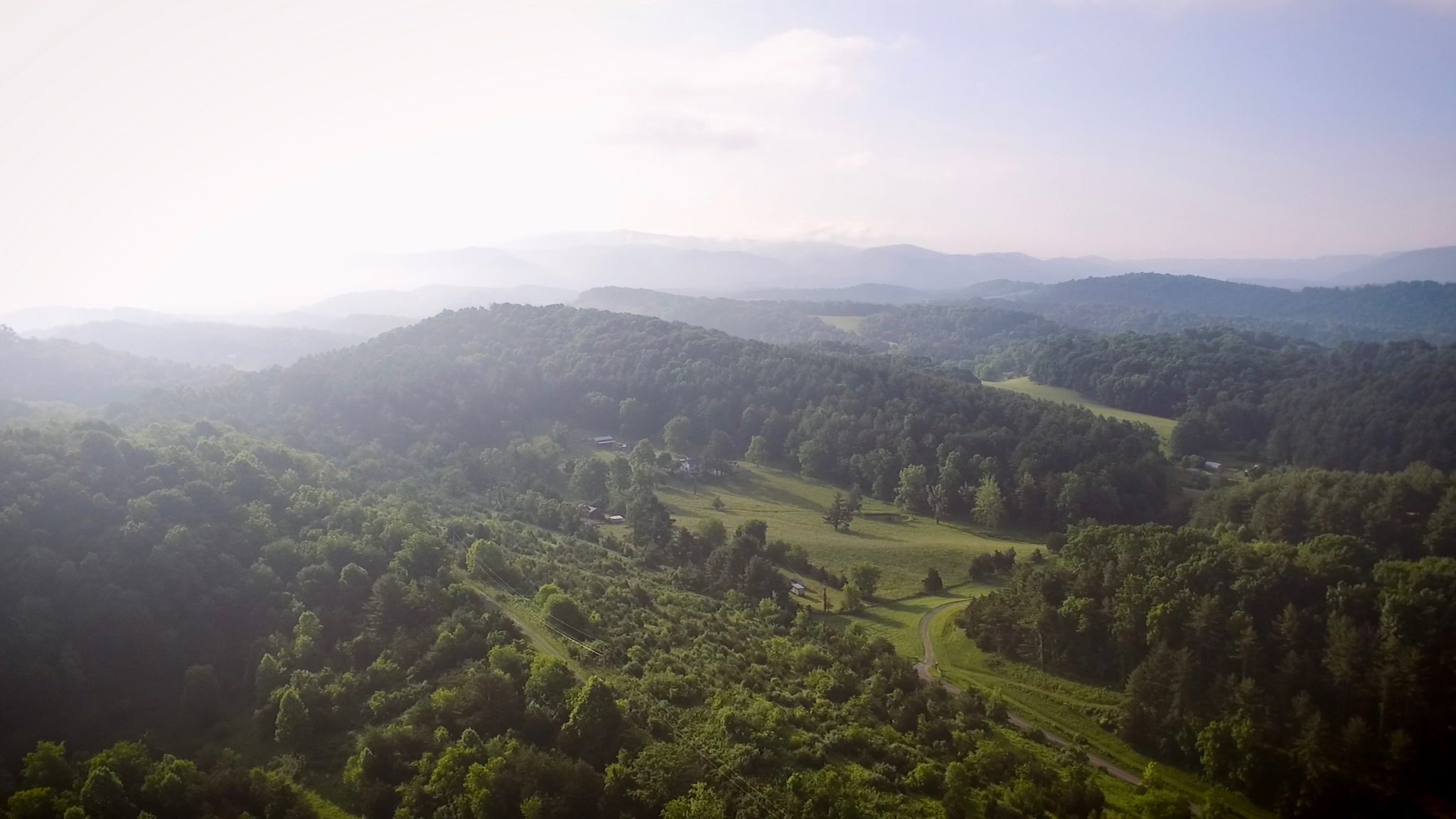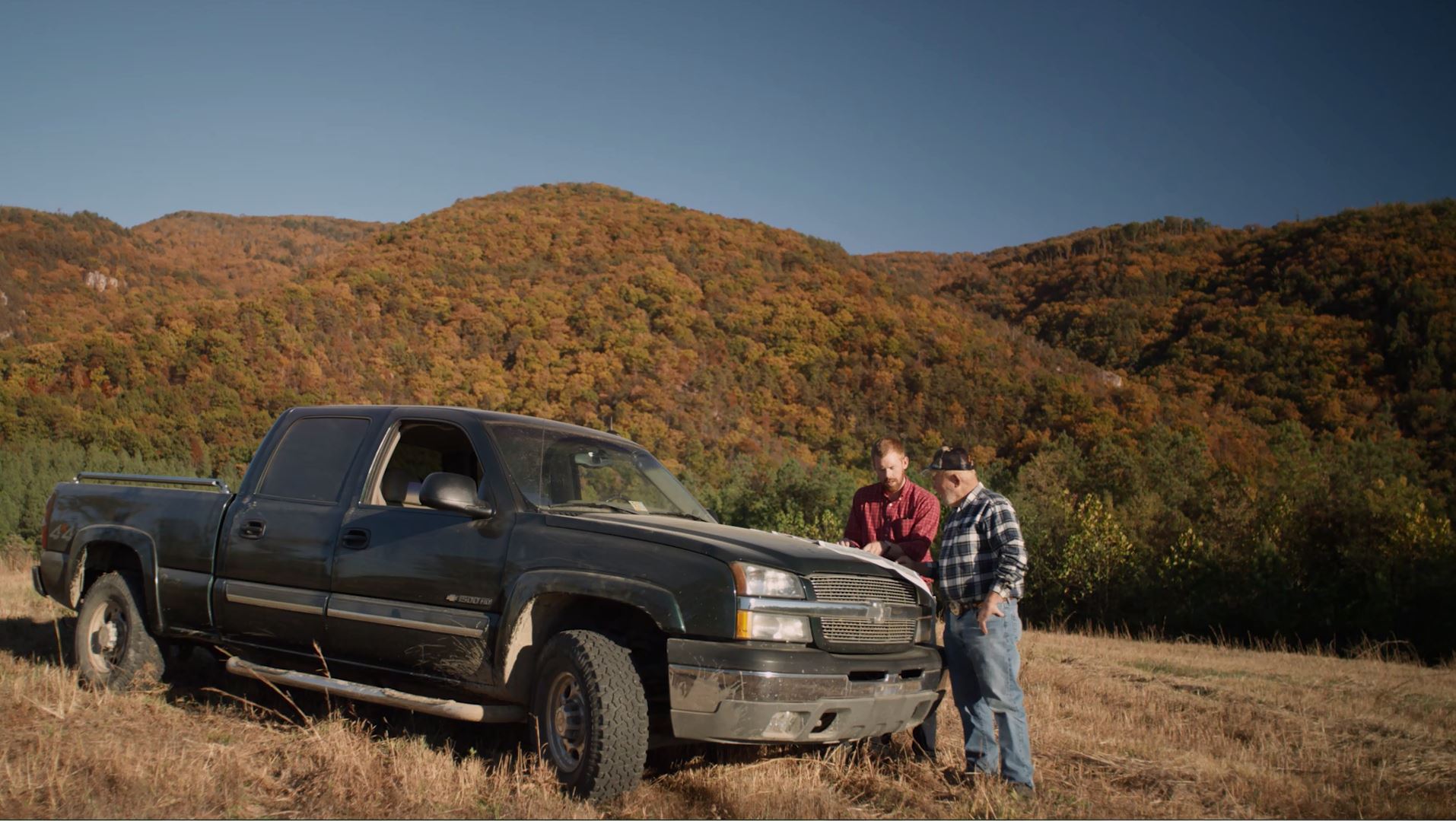A Superlative in Scout History
The Blue Ridge Scout Reservation looks forward to being the first in the nation to host a wind farm.
Each June, the first glow of fireflies on a warm evening brings Charlie Johnson back to hot Virginia summers spent hiking and camping on the Blue Ridge Scout Reservation. Camp Powhatan has welcomed hundreds of thousands of Boy Scouts to the mountains of Southwest Virginia since its establishment in 1949.
For Johnson, the camp holds memories of starry skies, bonfires, and toasted marshmallows. But Scouting is about more than hiking and fishing and tying knots—it’s about growing up.
“You learn how to find a moral compass and how to understand who you are and how you fit into the world,” Johnson says.

As an Eagle Scout, Johnson finds that who he is today was defined by those early days at Camp Powhatan. And now, in return, he’s helping shape Scouting history.
The Blue Ridge Scout Reservation—one of the largest in the nation at more than 17,500 acres—will soon claim another superlative: the first camp to host a wind farm.
Pinewood Wind: Fulfilling a Shared Mission
Johnson is leading the development of Apex’s Pinewood Wind project, which is sited on a remote stretch of Camp Powhatan endowed with a strong wind resource and nearby transmission. The wind project will coexist with the current use of the land, working alongside day-to-day Scouting activities.
“Working on this project as an Eagle Scout, having grown up just down the road from Camp Powhatan, and having camped on the project site, it’s exciting to know that Pinewood Wind will contribute to something that gave me so much,” says Johnson.
Those sentiments are echoed throughout the halls of Apex, whose Scouts serve in roles throughout the company.
“Apex and the Scouts have a very similar ethos, so it’s not surprising that we have a number of Scouts in our ranks,” says Ken Young, Apex’s chief operating officer and an Eagle Scout. “Scouting is about leaving the world a better place. It’s about doing the right thing and not compromising your values. That’s the type of work I’ve searched for and was lucky enough to find in Apex.”
For Johnson and Young, Pinewood Wind represents more than a sustainable future—it’s their chance to finally give back.
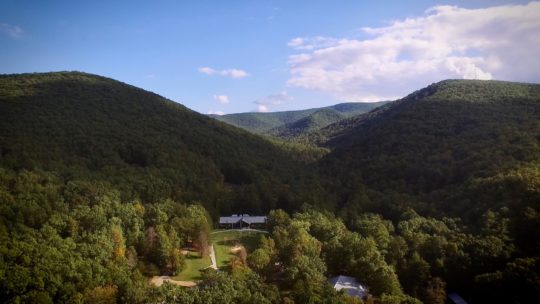
“Scouting is about leaving the world a better place. It’s about doing the right thing and not compromising your values. That’s the type of work I’ve searched for and was lucky enough to find in Apex.”
Taking Action to Preserve a Legacy
Due in no small part to Camp Powhatan’s significant acreage, three base camps, and nine different programs—everything from rock climbing and fishing to whitewater rafting and colonial living for the 8,000-plus Scouts who visit each summer—fundraising is a never-ending endeavor.
“Our goal is to make their experience the best, not only in terms of facilities, but also programming. Bottom line, that requires dollars,” says Dan Grubb, vice president of programs for the Blue Ridge Mountains Council (BRMC). “For us, Pinewood Wind brings sustainability.”
Landowner payments from Pinewood Wind will provide a significant, enduring, and reliable source of revenue that supplements the current funding sources primarily raised from camp and activity fees, product sales, and annual donations.
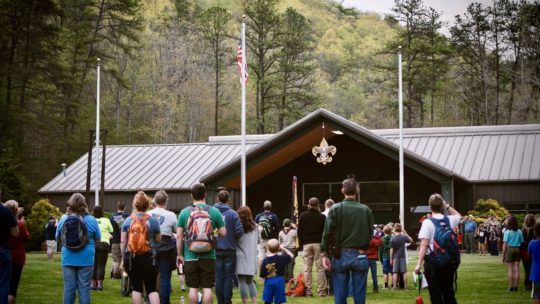
“The wind project provides a long-term solution for the Scouts’ funding,” says Ken Lyons, BRMC director of field service. “The dollars that are captured today will benefit Scouting 20, 30, 40 years from now.”
Lyons grew up in Troop 152 out of Blacksburg, Virginia, and after graduating college, he dedicated his career to the Scouts. With two daughters now eager to participate in Scouting, Lyons envisions benefits beyond the financials—perks such as greater accessibility to distant areas of the camp and the creation of fire breaks in a region prone to brush fires—but mostly he sees endless teaching opportunities.
“The Pinewood Wind project enables us to introduce renewable energy to young boys and girls and gives us an opportunity to show them how we can be more efficient in our carbon footprint,” says Lyons. “The project teaches Scouts to always be open to new ideas, sources of funding, and ways to generate power.”
“Good things that happen in Pulaski don’t affect just our county. They affect our entire region. As we grow and prosper, other communities flourish as well.”
A Windfall for Pulaski County and Southwest Virginia
In Southwest Virginia, energy generation is nothing new. In 2017, the Commonwealth produced more than $780 million worth of coal—virtually all of that exported from southwestern counties. But with the future of coal country on life support, Pinewood Wind offers an economic revival through a new source of energy generation.
“This is a region that has really needed some economic development,” says Joe Guthrie, Pulaski County supervisor. Guthrie is a sixth-generation Pulaski native; he still works the family farm, which dates back to 1795.
Envisioning well-paying skilled jobs and a significant long-term revenue stream for the county, Guthrie quips, “We call it a win-win-wind for Pulaski County.”
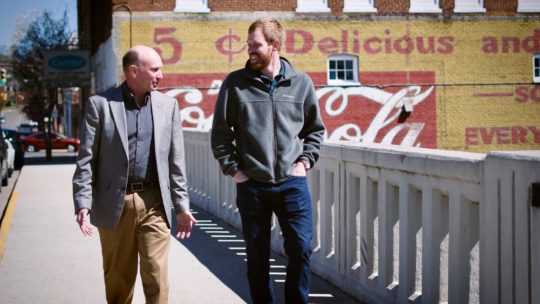
“Good things that happen in Pulaski don’t affect just our county. They affect our entire region. As we grow and prosper, other communities flourish as well,” Guthrie says. “That means a lot here, where we’ve been struggling and searching to find what the future of Southwest Virginia is.”
The region’s future is quickly taking shape; with a hydroelectric dam, a landfill gas-to-energy facility, several proposed solar projects—and now, Pinewood Wind—on the way, Southwest Virginia is rapidly becoming the renewable energy center of the state.
For Guthrie, Johnson, and other area natives, Southwest Virginia’s role as a clean energy leader now seems as clear and bright as those moonlit summer nights at Camp Powhatan.
